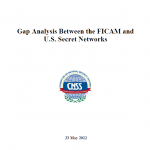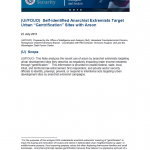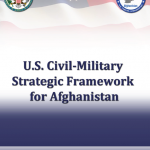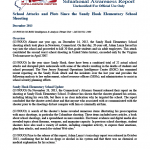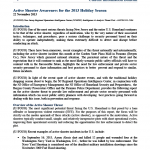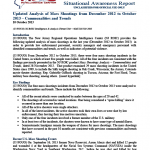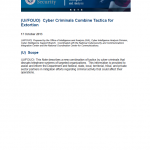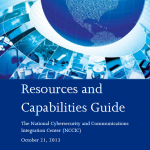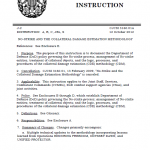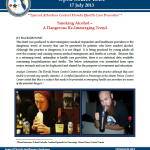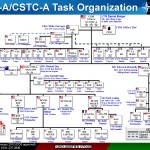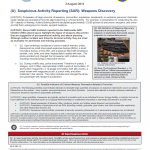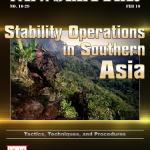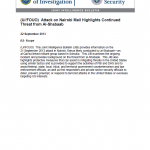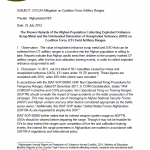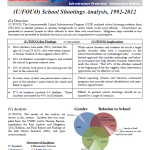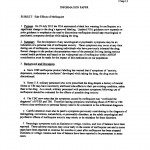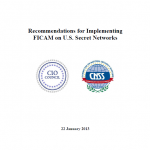
Threats to Federal information systems are rising as demands for sharing of information and intelligence between Federal Departments and Agencies increase. It is essential that the Federal Government devise an approach that addresses both challenges without compromising the ability to achieve either objective. Developing a common governance framework and set of Identity, Credential, and Access Management (ICAM) capabilities that enhance the security of our systems by ensuring that only authorized persons and systems from different Federal components have access to necessary information is a high priority. The Federal Identity, Credential and Access Management (FICAM) Roadmap and Implementation Guidance was developed to address the need for secure information sharing capabilities across the breadth of the Federal Government.

